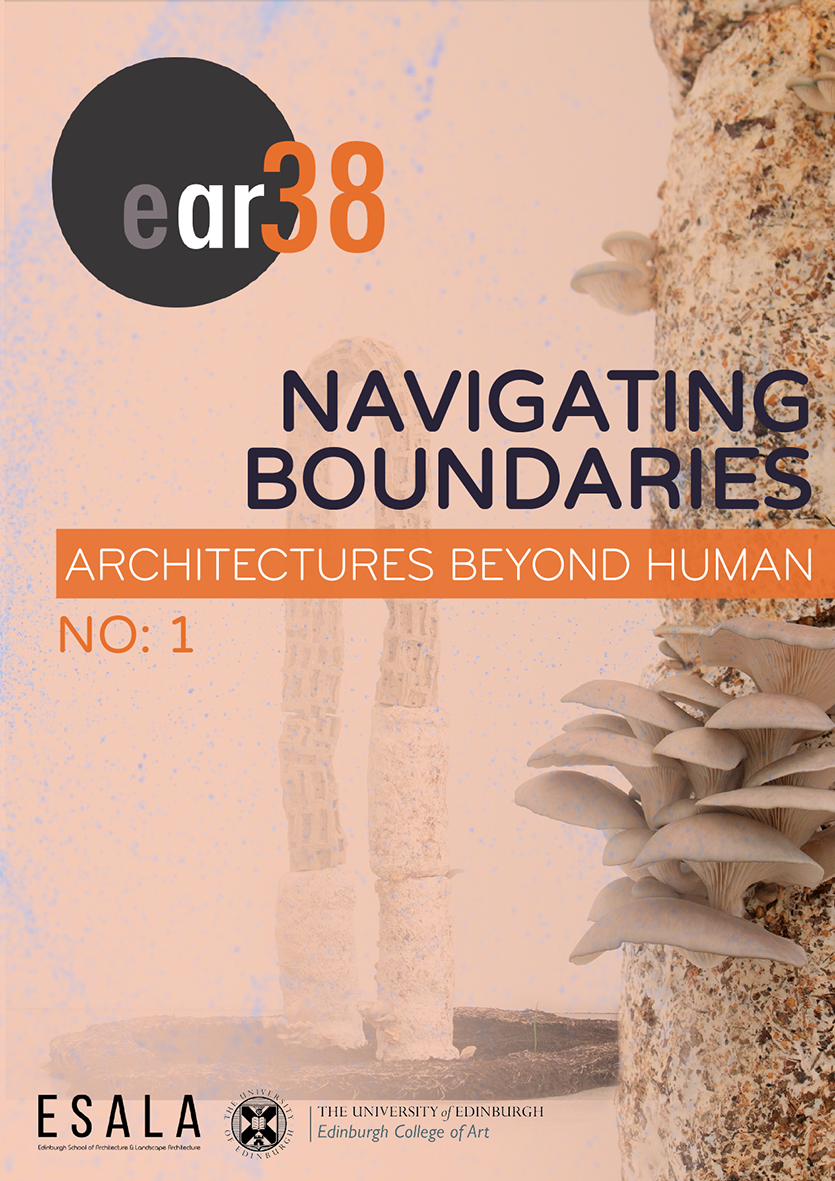More-than-Human Jerusalem
Rethinking the urban landscape with postanthropocentric imagination
Abstract
As a city that is at the same time unified, divided, fragmented, contested, mixed, neoliberal, post- and neo-colonial, Jerusalem / Al-Quds presents a unique combination of urban conditions. It is divided between East (part of the occupied West Bank) and West, and between Palestinian, Jewish-orthodox religious, and Jewish secular neighborhoods. It is a religious meta-city, in which past and future fantasies and obsessions are part of quotidian life, but also a fascinating place of everyday practices, unexpected encounters and productive frictions defying top-down categorizations. At the same time, it is a modern neo-liberal city, in which local and global capital play a major role in new urban developments.
It would be a mistake, however, to describe Jerusalem solely from an anthropocentric point of view, while neglecting its more-than-human components. The article will present the fruits of a three-year study, conducted as part of the More-than-Human Jerusalem Lab in Bezalel's Master's in Urban Design: Liquid Jerusalem (2021), Growing Jerusalem (2022) and Terra Jerusalem (2023). Together with the students, we explored possibilities for a renewed interaction between artificial and planned elements and between living organisms in the urban space, focusing on water, vegetation and soil in the city and their interweaving in urban culture and everyday experience.
The lab sought to challenge the separations between "nature" and "culture", and to develop nature-based solutions to offer a new perspective on the city, one that can open different futures of inclusion, care and cooperation between the human populations—but also between them and the more-than-human inhabitants of the city. Through a series of projects, the article will describe the research and methodological process of thinking about Jerusalem as a laboratory of the more-than-human suggesting planning tools designed to enhance urban resilience, justice and inclusion.

This work is licensed under a Creative Commons Attribution-NonCommercial-NoDerivatives 4.0 International License.


